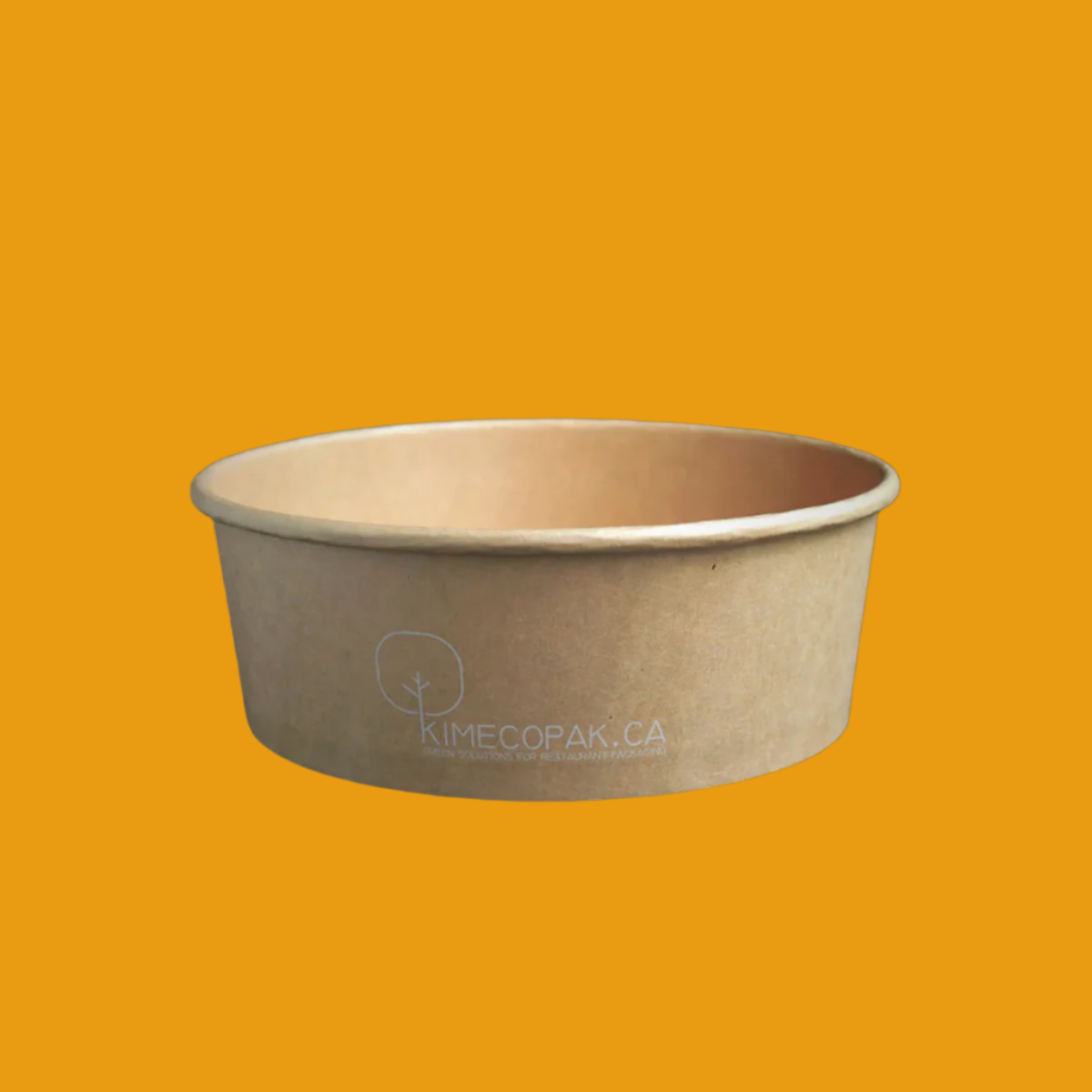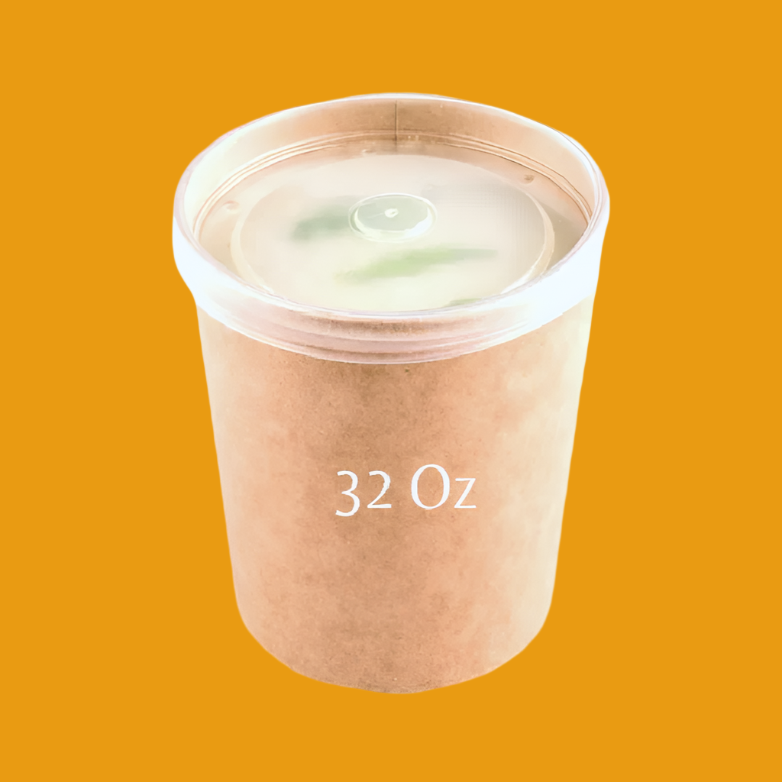- Fine Dining: What It Is, How It Works, and How to Build a Standout Experience
- A Guide to 12 Different Types of Restaurants
-
Food Website Examples: Top Design Inspirations for 2025
What Is a Fine Dining Menu?

Definition and key characteristics
A fine dining menu is a carefully curated selection of dishes designed to offer an exceptional dining experience. Typically found in upscale restaurants, these menus showcase high-quality ingredients, artistic presentation, and a variety of culinary techniques.
Key characteristics of a fine dining menu include:
- Exclusivity: Many items may be unique to the establishment or prepared using rare ingredients.
- Attention to Detail: From how the food is plated to the ambiance of the dining room, everything in a fine dining experience is meticulously considered.
- Seasonality: Fine dining menus often change seasonally to highlight the best available ingredients, ensuring freshness and quality.
- Service Excellence: Service is a fundamental aspect, with staff trained to provide knowledgeable, attentive, and unobtrusive service.
How it differs from other types of menus
Fine dining menus distinctly separate themselves from casual or fast dining options. The primary differences include:
- Price Point: Fine dining usually comes with a higher price tag, reflecting the quality of ingredients and preparation.
- Portion Sizes: Smaller portions are common, allowing for a more sophisticated tasting experience rather than filling meal quantities.
- Culinary Techniques: Fine dining kitchens often employ advanced cooking methods that might not be found in less formal dining venues.
- Gastronomic Innovation: Fine dining tends to embrace experimental and innovative approaches to cuisine, continuously evolving to enhance the dining experience.
Fine Dining Ideas to Inspire Your Restaurant Concept

Culinary themes for fine dining
When crafting a fine dining menu, establishing a clear culinary theme can inspire creativity and help with branding. Popular themes include:
- Regional Cuisine: Highlighting dishes from specific geographical areas can create a unique niche.
- Cultural Fusion: Combines elements from different culinary traditions, offering diners a fresh perspective on familiar flavors.
- Farm-to-Table: Emphasizes the use of local and sustainable ingredients, resonating with environmentally conscious diners.
Fusion cuisine, local ingredients, or seasonal tasting menus
Incorporating fusion cuisine or locally sourced ingredients can attract a diverse clientele. Seasonal tasting menus allow chefs to change dishes regularly, presenting diners with new experiences. For example, think of a dish that marries French technique with Southeast Asian flavors, like a lemongrass-infused crème brûlée. This approach showcases culinary creativity and seasonal availability while tantalizing the palate.
Matching your concept with target clientele
Identifying your target clientele is crucial in developing a fine dining menu. Are you appealing to foodies, business professionals, or couples on a romantic night out? Tailoring the menu to align with their preferences and expectations will enhance the dining experience. Consider factors like dietary restrictions, dining occasions, and local dining trends to create a menu that resonates with your audience.
Core Elements of a Fine Dining Menu

Menu structure
The structure of a fine dining menu is typically organized into specific sections that enhance the dining experience. Common categories include appetizers, main courses, and desserts. Some establishments also include a section for wine pairings or chef specials. This structured approach helps diners navigate the offerings more easily and anticipate their meal's progression.
Dish selection
When selecting dishes, it’s vital to ensure a harmonious balance between flavors, textures, and culinary techniques. Each dish should complement the overall theme of the menu while also offering a variety of choices.
- Signature Dishes: These can serve as the centerpiece of the menu, often showcasing the chef's unique style.
- Vegetarian/Vegan Options: Including appealing plant-based dishes can cater to a broader audience.
- Seasonal Offerings: Regularly introducing seasonal dishes keeps the menu fresh and exciting.
Menu descriptions
Compelling menu descriptions can elevate the dining experience by painting a vivid picture in the minds of your guests. Descriptions should be engaging yet informative, highlighting key flavors, ingredients, and culinary techniques. Instead of merely stating "grilled salmon," consider something like "herb-crusted salmon with a citrus beurre blanc served on a bed of asparagus.” This approach invites excitement and curiosity.
Fine Dining Menu Ideas for a Memorable Experience
Example set menus (3-course, 5-course, tasting)
Offering set menus can simplify the decision-making process for diners while allowing chefs to showcase their best dishes.
- 3-Course Menu: Often includes an appetizer, main course, and dessert. Consider a seasonal theme, featuring a pumpkin soup, rosemary-roasted duck, and dark chocolate tart.
- 5-Course Menu: A more extensive experience, this might include an amuse-bouche, followed by a cheese course, for example.
- Tasting Menu: Offers a series of smaller plates, allowing guests to experience various culinary creations throughout the meal.
Pairing suggestions (wine, cocktails, mocktails)
Wine pairings can significantly enhance the fine dining experience. Consider offering curated options for each menu item. It can be equally beneficial to feature cocktails or mocktails that align with the menu's flavors, providing additional layers of taste. This thoughtful consideration shows diners that you've carefully curated their experience down to every detail.
Signature dishes to elevate your brand
Signature dishes serve as a brand's calling card, creating memorable impressions that guests will associate with your restaurant. Craft these dishes to highlight creativity and uniqueness, whether through innovative ingredient combinations or local flair. Think of a dish like truffle risotto topped with a crispy parmesan tuile, which not only satisfies but becomes a point of conversation for diners.
Visual Design of the Fine Dining Menu

Choosing Color Schemes and Fonts
The visual appeal of a fine dining menu plays a crucial role in setting the tone for your restaurant. Color schemes can evoke emotions and create an atmosphere. For instance, dark colors often convey sophistication, while soft pastels might suggest a more romantic setting. When selecting colors, consider your restaurant’s theme and the kind of dining experience you wish to offer.
Fonts also matter significantly; the font should not only be legible but also reflect your restaurant's identity. Classic serif fonts can impart a timeless elegance, whereas modern sans-serif fonts may present a contemporary feel. A mix of both can provide a dynamic experience while ensuring readability.
Layout and Imagery
The layout of your menu should guide customers through their dining journey, making it easy to navigate. A well-structured menu typically includes sections for appetizers, mains, and desserts, each clearly defined. White space is vital it prevents the menu from feeling cramped and allows for contemplation.
Including imagery can enhance your menu, but moderation is key. High-quality images of signature dishes can entice diners, while excessive visuals might detract from the elegance of the menu. A professional photo of an exquisite entrée paired with a brief description can significantly increase interest and anticipation.
Menu Materials
The materials used for your menu also communicate your brand's values and commitment to quality. Traditional options like laminated paper may be practical, but consider unique materials like textured cardstock or even wooden menus for a more upscale experience. Each material can enhance the tactile experience, making your menu feel as special as the dining experience itself.
Brand Building Through Your Fine Dining Menu

Positioning Your Brand
Your menu is not just a list of dishes; it’s a reflection of your brand’s identity. Take care to ensure that the design, language, and content of your menu align with your brand values and message. If your restaurant focuses on locally sourced ingredients, for instance, clear descriptions reflecting this philosophy can resonate with customers and build a stronger brand connection.
Strategic Marketing with Your Menu
Your fine dining menu can also serve as a marketing tool. By highlighting signature dishes and seasonal specials, you can steer customers toward high-margin items. Consider integrating QR codes that lead to your website or social media for additional engagement. This not only keeps the menu sleek but also creates an interactive experience for your customers.
Conclusion
Creating an engaging and effective fine dining menu involves a thoughtful approach to visual design, quality packaging, and brand positioning. Choose color schemes and fonts that reflect your restaurant’s identity, design an intuitive layout, and select materials that convey quality. Don’t underestimate the impact of effective packaging on the customer experience, and emphasize sustainability where possible.









